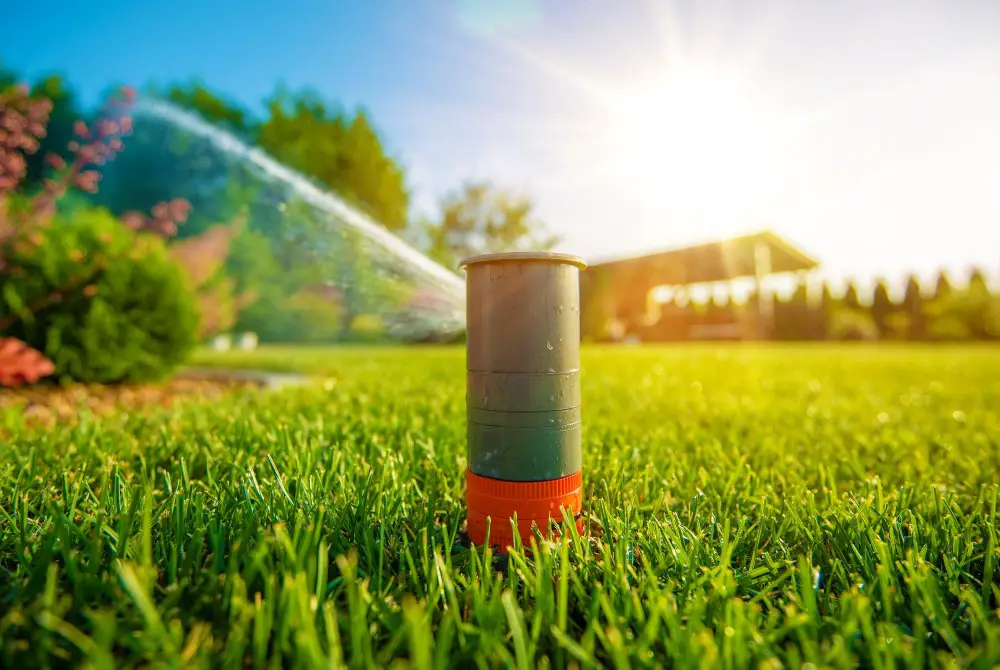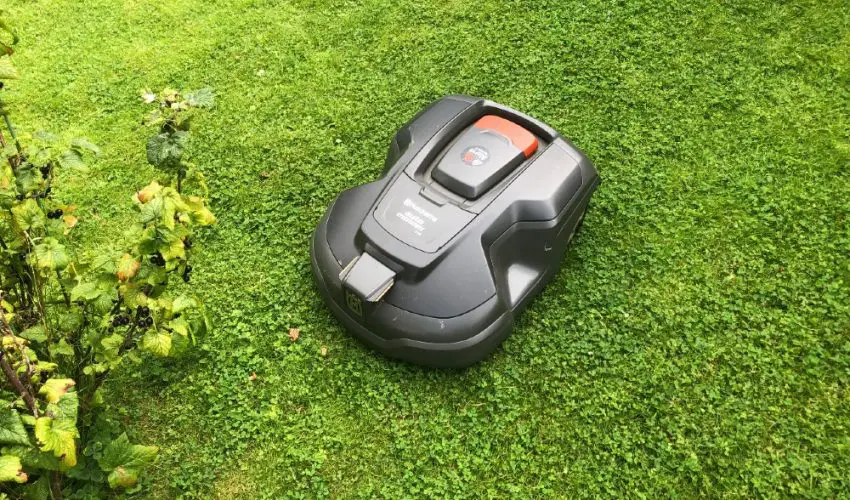Gone are the days when achieving a well-trimmed lawn meant dedicating endless hours and a significant portion of your budget to upkeep.
Table of Contents
ToggleToday, smart lawn maintenance technologies offer a seamless way to keep your grass green and your garden thriving, without the traditional hassle.
Robotic mowers, intelligent irrigation systems, and disease detection apps are changing the game, allowing homeowners to enjoy a beautiful lawn with minimal effort and expense. This shift towards automated lawn care not only promises a lush outdoor space but also frees up time and reduces costs.
Dive into how these smart solutions can revolutionize your lawn maintenance, making it a less tedious and more rewarding part of homeownership.
The Cost of Traditional Lawn Care
The traditional path to a well-maintained lawn is often costly and time-consuming. Homeowners invest in a slew of equipment, from mowers to sprinklers, alongside the ongoing expenses of fuel, maintenance, and storage.
Watering the lawn, especially in dry seasons, can significantly inflate utility bills, while fertilizers and pesticides add to the financial burden and pose environmental risks.
Beyond the monetary costs, the sheer amount of time spent on tasks like mowing, watering, and treating for pests can be overwhelming. In contrast, the advent of smart lawn care technologies promises to streamline these efforts, offering a more efficient and cost-effective approach to achieving that lush, green backyard without the traditional drawbacks.
How Smart Lawn Care Technologies Save Time
Smart lawn care technologies are revolutionizing the way homeowners approach their lawn maintenance, significantly reducing the time required for upkeep. Here’s how:
1. Automated Mowing
Robotic lawn mowers are at the forefront of this time-saving revolution. These autonomous devices can be programmed to mow at specific intervals, navigating around obstacles and returning to their charging stations without any human intervention. This means your lawn can be maintained even when you’re not home, freeing up your weekends and eliminating the need for manual mowing.
2. Smart Irrigation Systems
Watering the lawn is another task that benefits greatly from smart technology. Smart irrigation systems use weather forecasts, soil moisture sensors, and evaporation data to determine the optimal watering schedule for your lawn. This not only ensures your lawn gets exactly the amount of water it needs but also eliminates the guesswork and manual adjustments traditionally associated with sprinkler systems.

3. Disease and Pest Detection Apps
Keeping your lawn healthy involves more than just mowing and watering. Disease and pest management is crucial, and smart apps are making it easier than ever. By simply taking a photo of a suspicious spot on your lawn, these apps can identify potential issues and recommend solutions. This quick diagnosis saves time and prevents minor issues from becoming major problems.
How Smart Lawn Care Technologies Save Money
Smart lawn care technologies not only save homeowners valuable time but also offer significant financial savings. Here’s how these innovations contribute to a more cost-effective approach to lawn maintenance:
1. Reduced Water Usage
Smart irrigation systems are designed to optimize water use, which can lead to substantial savings on water bills. By watering only when necessary and adjusting the amount based on weather conditions and soil moisture levels, these systems prevent overwatering and waste, ensuring that homeowners are not spending money on unused resources.
2. Optimal Fertilizer Use
Precision is key when it comes to fertilizing your lawn, and smart technology can help ensure that you’re using the right amount of fertilizer at the right time. Soil sensors can analyze nutrient levels and recommend the exact type and quantity of fertilizer needed, preventing overuse and saving money on unnecessary products. This targeted approach not only keeps your lawn healthy but also avoids the cost of excess fertilizer and the potential damage from over-fertilization.
3. Preventative Care
Early detection of lawn problems can save homeowners a significant amount of money in the long run. Smart lawn care apps and devices that identify diseases, pests, and other issues early on can help avoid the need for expensive treatments or professional lawn care services later. By addressing problems promptly, these technologies maintain lawn health more efficiently and cost-effectively.
Getting Started with Smart Lawn Care
Embarking on the journey of smart lawn care is an exciting prospect for homeowners looking to streamline their lawn maintenance while embracing modern technology. Here’s a straightforward guide to getting started:
- Assess Your Lawn’s Needs: Begin by evaluating the specific needs of your lawn. Consider factors such as lawn size, the type of grass, common issues you face (like dry spots or pests), and your climate. This assessment will help you identify which smart lawn care technologies could offer the most benefit.
- Research and Select Your Tools: With a plethora of smart lawn care devices on the market, from robotic mowers to soil moisture sensors and smart irrigation systems, it’s important to do your research. Look for products with strong reviews, reliable customer support, and compatibility with any existing smart home systems you might have. Prioritize devices that address your lawn’s most pressing needs.
- Start Small: If you’re new to smart lawn care, consider starting with a single device to familiarize yourself with the technology. A smart irrigation controller is a great starting point, as it can make an immediate impact on your water usage and bill. As you become more comfortable, you can gradually add more devices to your ecosystem.





